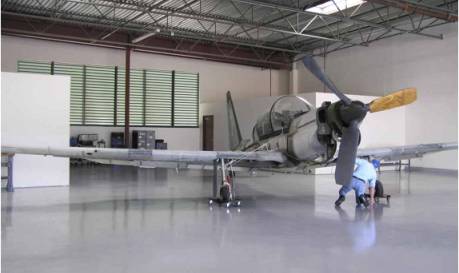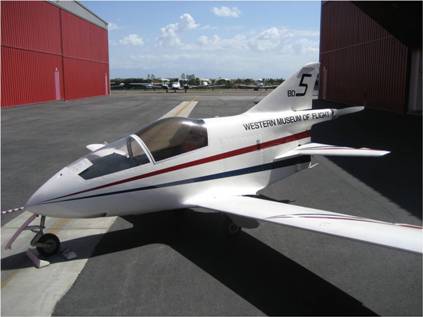James Webb Space Telescope
The James Webb Space Telescope (JWST) is a cutting-edge observatory built to explore the cosmos using infrared astronomy. As the largest space telescope ever launched, it’s equipped with highly sensitive and high-resolution instruments, enabling it to detect celestial objects that are too distant, faint, or ancient for the Hubble Space Telescope to capture. Webb is…















